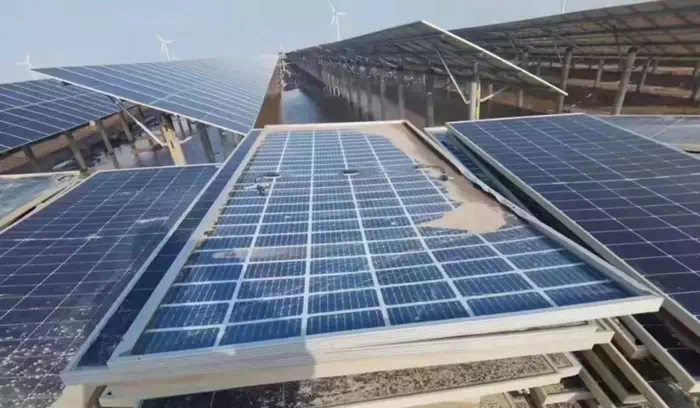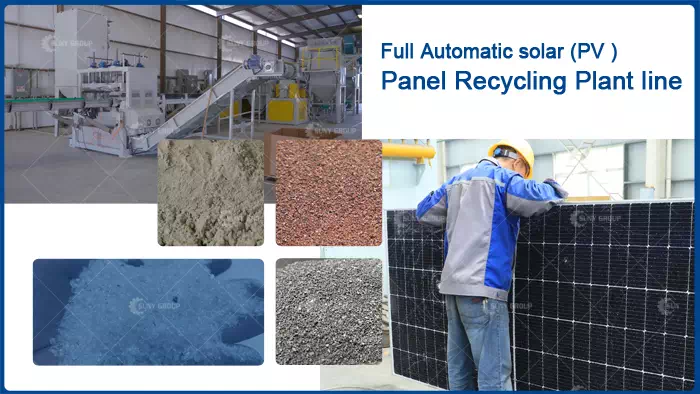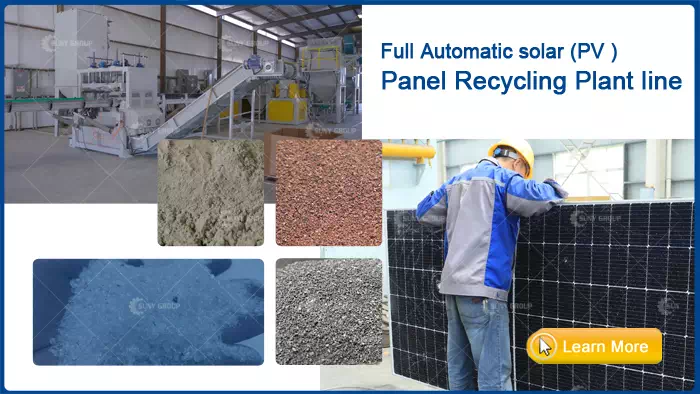Recycling solar panels can be challenging for several reasons:
Complex composition: Solar panels are composed of a variety of materials, including glass, metals (such as aluminum and copper), plastics, and semiconductor materials (such as silicon). These components are often fused together, making it difficult to separate and recycle them efficiently.
Lack of standardization: There are currently no universal standards for the design and manufacture of solar panels. Different manufacturers use different materials and technologies, so developing a standardized recycling process for all types of solar panels is challenging.

Limited infrastructure: The infrastructure for solar panel recycling is not as developed or extensive as in other recycling industries. Many regions lack dedicated recycling facilities and processes designed specifically for solar panels, making recycling solar panels logistically and economically challenging.
Volume and longevity: While demand for solar panels is increasing, the volume of end-of-life panels that can be recycled remains relatively low compared to other e-waste streams. In addition, solar panels have a long lifespan, often more than 25 years, which means that a large number of panels have not yet reached the end of their useful life.
Economic considerations: The cost-effectiveness of solar panel recycling is an important factor. Currently, the value of recovered material from recycled solar panels may not exceed the cost of collection, transportation and specialized recycling processes. As a result, the economic incentive to widely recycle solar panels may be limited.
As a professional solid waste recycling equipment manufacturer, SUNY GROUP has rich experience and technical equipment in solar panel recycling, and the focus of development is to develop more effective separation technologies, explore new recycling technologies and establish industry standards. If you have any questions about solar energy recycling, please feel free to contact us.





